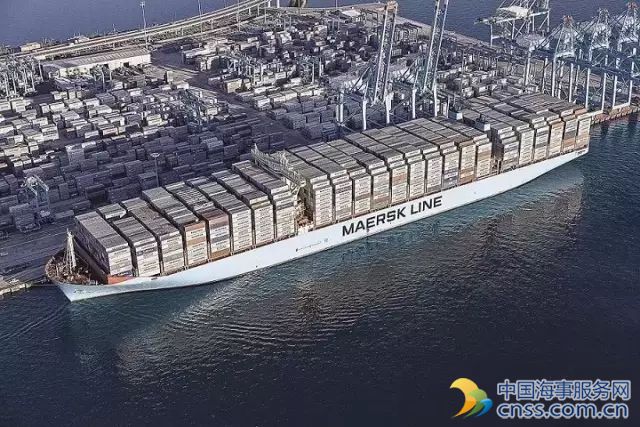Sale of Container Terminal Takes Center Stage in Hanjin Bankruptcy

The sale of the operator of a Long Beach, Calif., container terminal has provoked stiff opposition from Hanjin Shipping Co.’s U.S. creditors, many of whom say the deal is designed to bypass them.
Hanjin has asked Judge John Sherwood of the U.S. Bankruptcy Court in Newark, N.J., to sign off on a proposed $78 million sale of the business, overruling creditors that have fought the deal and aim to keep as many of the shipper’s assets in the U.S. as possible.
At the heart of the dispute is an inherent tension among creditors in the bankruptcy, all of whom are vying to have as much of their debt as possible repaid from a limited pool of resources. Some U.S. creditors—including container lessors, insurance providers and the Port of Seattle—say the terms of the sale and Hanjin’s plans to direct any proceeds to South Korea could leave them empty-handed and without recourse to fully enforce their rights.
During a U.S. court hearing on the sale that began Thursday, lawyers for Hanjin described the Long Beach terminal business as a “melting ice cube” that had to be sold quickly to preserve Hanjin’s ability to extract any value from the asset. The Seoul Central District Court, which is the primary authority overseeing Hanjin’s bankruptcy, has already approved the sale.
Michael Edelman, a lawyer for a group of container lessors, said in court Thursday that Hanjin was attempting to avoid U.S. creditors and more rigorous oversight by U.S. courts, where some U.S. creditors expect their claims to be treated more favorably than in South Korea.
Recently, lawyers for the creditors successfully lobbied Judge Sherwood to compel Hanjin to reveal more information about how the sale process was conducted.
Court papers show Hanjin chose the $78 million offer from Geneva-based Mediterranean Shipping Co., the world’s second-largest container operator by capacity, as the highest and best offer following a fast but competitive bidding process. In additional to $78 million in cash, the deal would also relieve Hanjin of about $54 million in debt and other obligations.
Hanjin owns a 54% stake in Total Terminals International LLC, the port operator that runs the Long Beach terminal, a 385-acre facility that handles millions of containers each year. Mediterranean Shipping already owns the other 46%. Court papers say part of the Mediterranean Shipping deal would also bring more containers, and therefore more revenue, to the terminal.
After Hanjin’s bankruptcy, Total Terminals International’s container volumes dropped by nearly half, according to Jonathan Mitchell, a turnaround adviser hired by the terminal operator. The business is also heavily indebted, owing about $570 million to creditors, with large interest payments looming.
The value and locations of Hanjin’s assets in the U.S. have routinely emerged as a major sticking point in the U.S. bankruptcy proceeding. Some creditors have asked that any proceeds from the sale, should it win court approval, be held in escrow in the U.S. and used to repay U.S. creditors.
A court-ordered report filed earlier this month shows Hanjin estimates the value of its U.S. assets, including the Long Beach terminal operator and property it owns in New Jersey and Georgia, at about $130 million. The report also disclosed that about $82 million in accounts receivable have been transferred out of the U.S. since the company sought bankruptcy protection.
Hanjin filed for the equivalent of chapter 11 bankruptcy in South Korea in August and sought recognition of its bankruptcy in the U.S. days later by filing for chapter 15 protection, the section of the U.S. bankruptcy code that deals with insolvencies overseas.
Hanjin is most likely to be liquidated entirely but could also be reorganized around a much smaller fleet. That decision rests with the court in Seoul, which is expected to make a final decision next month.
Source: Wall Street Journal
HEADLINES
- Do shipping markets want Biden or Trump for the win?
- All 18 crew safe after fire on Japanese-owned tanker off Singapore
- Singapore launching $44m co-investment initiative for maritime tech start-ups
- Cosco debuts Global Shipping Industry Chain Cooperation Initiative
- US warns of more shipping sanctions
- China continues seaport consolidation as Dalian offer goes unconditional